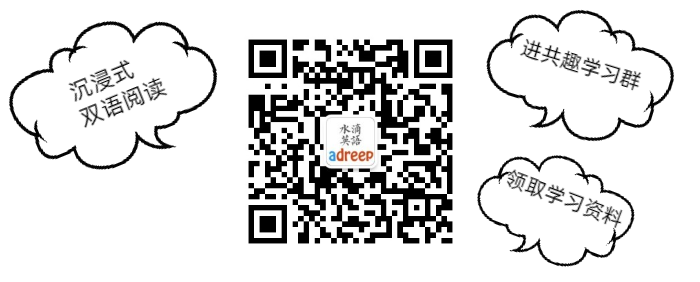March 12 (Bloomberg) -- China’s accelerating inflation has started to erode household savings, threatening to spur purchases of property and stocks and fuel asset-price pressures.
Consumer prices rose a more-than-forecast 2.7 percent in February, the most in 16 months, the statistics bureau said in Beijing yesterday. The increase means the rate exceeds the one- year deposit rate of 2.25 percent.
So-called negative real rates skew incentives to spending just as China’s economy is already accelerating -- reports this week showed exports rose, industrial production accelerated and new loans exceeded forecasts. The central bank may raise interest rates within the next three weeks, Standard Chartered Bank Plc, Nomura Holdings Inc. and Royal Bank of Canada said.
“A growing number of households will now realize that their deposits in the banking system are losing purchasing power,” said Ma Jun, chief China economist at Deutsche Bank AG in Hong Kong. The jump in the inflation rate last month “will increase the social and political pressure for a rate hike in the near term.”
Price Expectations
Since October, the government has highlighted the importance of managing inflation expectations as the nation rebounds from the global financial crisis and commodity costs rise. Eleven of 15 economists surveyed yesterday said that interest rates may rise in March or April.
Barclays Capital yesterday increased its projection for China’s inflation rate this year to 3.5 percent from a previous estimate of 3 percent.
Premier Wen Jiabao aims to hold full-year inflation around 3 percent after banks flooded the financial system with money to drive an economic rebound. Gross domestic product grew 10.7 percent last quarter and People’s Bank of China Governor Zhou Xiaochuan said March 6 that anti-crisis policies, including the yuan’s peg to the dollar, must end “sooner or later.”
Money Supply
A surge in one gauge of money supply included in this week’s figures also signals spending will quicken. Last month’s 35 percent gain in M1, the measure of money supply that includes demand deposits, signals households’ intentions to buy “big- ticket items,” property or stocks, said Brian Jackson, an emerging-markets strategist at Royal Bank of Canada in Hong Kong.
Lu Ting, an economist at Bank of America-Merrill Lynch in Hong Kong, said that year-on-year inflation numbers may be misleadingly high because of low bases for comparison and seasonal distortions. He said month-on-month and quarter-on- quarter calculations would show milder price gains, with bank deposits still giving positive returns.
Zhou described February’s inflation as in line with expectations, Radio Television Hong Kong reported yesterday, and the statistics bureau said the rate may fall in March on improved weather after snow and storms pushed up food costs at the start of the year. Food prices rose 6.2 percent in February from a year earlier.
The data released yesterday showed that China’s industrial output rose 20.7 percent in the first two months of 2010, the most in more than five years.
Bank Loans
Banks extended 700 billion yuan ($103 billion) of new loans in February, the central bank said. That compared with 1.39 trillion yuan in the previous month and 1.07 trillion yuan a year earlier. The median estimate was 600 billion yuan.
M2, a broad measure of money supply, rose 25.5 percent, compared with a 26 percent gain in January. The government target is 17 percent growth this year. Retail sales rose 17.9 percent in the first two months from a year earlier, and urban fixed-asset investment gained 26.6 percent.
Trade data on March 10 showed exports rebounding faster than economists forecast and a property-market report said prices climbed in February by the most in almost two years.
Economists often look at January and February numbers together to eliminate distortions caused by a one-week Lunar New Year holiday. China’s 2010 data is also boosted by comparisons with year-earlier levels depressed by the financial crisis.
Commodity Costs
Commodity costs, reforms of China’s energy and resource pricing, and the effects of last year’s expansion of credit may add to inflation pressures this year, China’s top planning agency told lawmakers last week. Baoshan Iron & Steel Co. and spirits manufacturer Kweichow Moutai Co. are among companies to have pushed up prices.
Producer-price inflation climbed to 5.4 percent in February from 4.3 percent in January, the statistics bureau said yesterday.
The People’s Bank of China hasn’t raised benchmark interest rates since December 2007, before the financial crisis deepened. The one-year lending rate is 5.31 percent.
China has also effectively pegged the yuan at around 6.83 per dollar since July 2008 to help exporters. Non-deliverable yuan forwards rose for a sixth day yesterday, indicating that traders expect that the peg will break and the currency will gain 2.9 percent in the next year.
The central bank has twice raised lenders’ reserve requirements this year. Deputy Governor Su Ning said this week that those moves were to prevent monetary conditions becoming “excessively loose” as the government continues to implement what it describes as a “moderately loose” stance.
Policy makers are targeting lending of 7.5 trillion yuan, 22 percent less than last year’s actual figure, and pledging to crack down on property speculation. The government has tightened second-home mortgages and banks have reduced discounts on home- loan rates.
